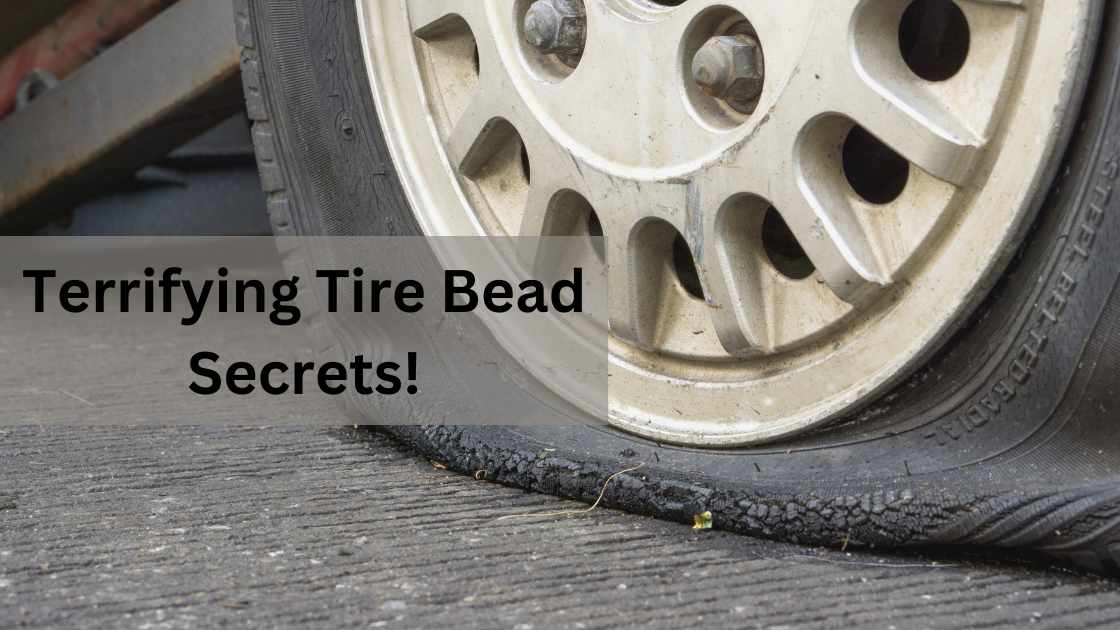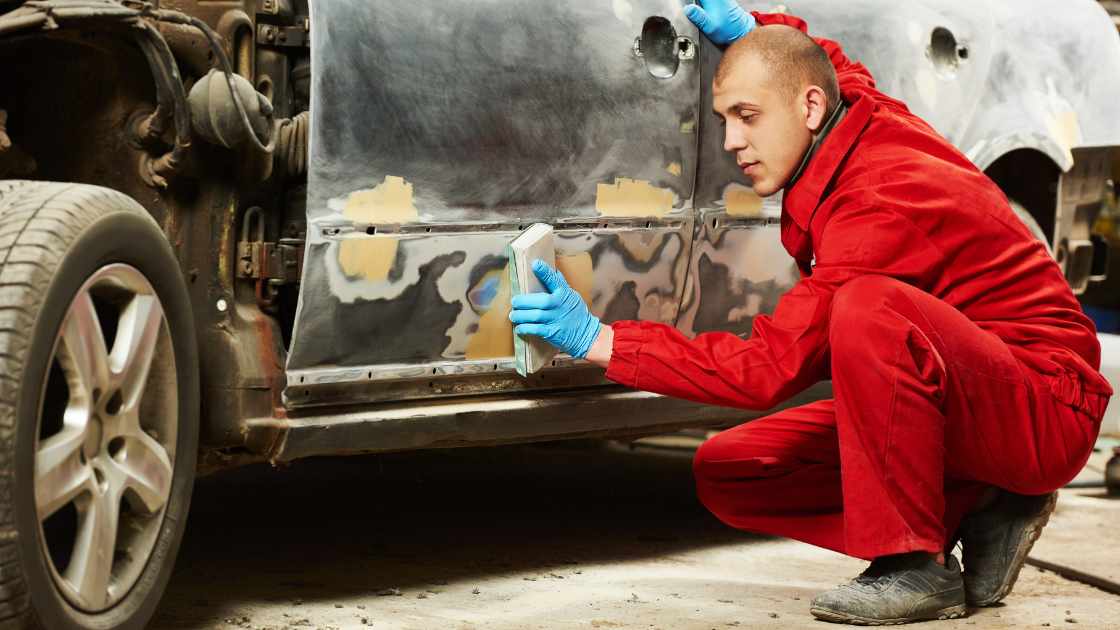Tire bead damage is a common concern for vehicle owners, often occurring due to factors such as improper mounting, dismounting, or road hazards. The tire bead is the inner edge of the tire that makes contact with the wheel rim, ensuring a proper seal. When this crucial area is compromised, it raises questions about the tire’s safety and performance. In this article, we’ll delve into how much tire bead damage is considered too much and when it’s time to replace a damaged tire.
Assessing Tire Bead Damage: How Much is Too Much?
Understanding Tire Beads
Before exploring the extent of tire bead damage, it’s essential to understand the significance of the bead in maintaining tire functionality. The tire bead serves two primary purposes: providing an airtight seal between the tire and the rim and supporting the tire against the rim flange during vehicle operation.
Types of Tire Bead Damage
Cosmetic Damage
Cosmetic damage to the tire bead may include minor scuffs, scratches, or nicks that don’t penetrate the structural integrity of the bead. In most cases, cosmetic damage doesn’t compromise the tire’s performance or safety.
Bulges and Blisters
Bulges or blisters on the tire sidewall near the bead area can indicate damage beneath the surface. These issues may compromise the structural integrity of the tire and should be addressed promptly.
Cuts and Gashes
Deeper cuts or gashes on the tire bead, especially those exposing the tire cords or wires, can weaken the bead’s strength and integrity. Such damage poses a higher risk and may require immediate attention.
Bead Separation
The separation of the tire bead from the rim can result from severe impact or improper mounting/dismounting. Bead separation significantly compromises the tire’s ability to maintain proper inflation and should be addressed urgently.
When is Tire Bead Damage Too Much?
Severity of Damage
Assess the depth and extent of the damage. Superficial scratches may not pose a significant risk, but deep cuts or separations demand attention.
Location of Damage
Damage closer to the bead’s core is more critical than damage on the outer edges. Be particularly cautious if the damage is near the sidewall, as this region experiences higher stress during driving.
Tire Inflation Issues
If the damaged bead compromises the tire’s ability to maintain proper inflation, it poses a severe safety risk. Consistently low tire pressure can lead to reduced handling, increased fuel consumption, and even tire failure.
FAQs
How can I determine if the tire bead damage is severe?
Severe tire bead damage is often characterized by deep cuts, gashes, or bulges near the bead area. If the damage extends beyond surface-level scratches and compromises the structural integrity of the bead, it is considered too much. Regular inspections and attention to any noticeable changes in the bead region are crucial for early detection.
Is cosmetic damage to the tire bead a cause for concern?
Cosmetic damage, such as minor scuffs or scratches on the tire bead, is generally not a significant concern. As long as the damage is superficial and doesn’t compromise the bead’s structural integrity, it is unlikely to impact the tire’s performance or safety. However, monitoring for any signs of worsening is advisable during routine tire checks.
When should I be worried about tire bead damage affecting tire inflation?
Tire bead damage that hinders the tire’s ability to maintain proper inflation is a cause for immediate concern. If you notice consistent loss of tire pressure, it could indicate a compromised bead. In such cases, prompt inspection and potential replacement of the damaged tire are essential to prevent safety hazards associated with underinflated tires, such as reduced handling and increased risk of tire failure.
Final Thought
In conclusion, the assessment of tire bead damage involves a careful consideration of the type, location, and severity of the damage. While minor cosmetic issues may not require immediate action, significant damage compromising the bead’s structural integrity demands prompt attention. Regular inspections, proper tire maintenance, and addressing any damage promptly will contribute to safer driving experiences and prolong the life of your tires. If in doubt, consult with a professional tire technician to determine the best course of action for your specific situation.

Jeff Gordon is an accomplished writer with expertise in the basics of car accessories. With a keen eye for detail, Jeff has established himself as an authority on the subject, with a passion for all things automotive. Based in Jasper, Jeff is dedicated to providing readers with the information they need to make informed decisions when it comes to their car accessories.





